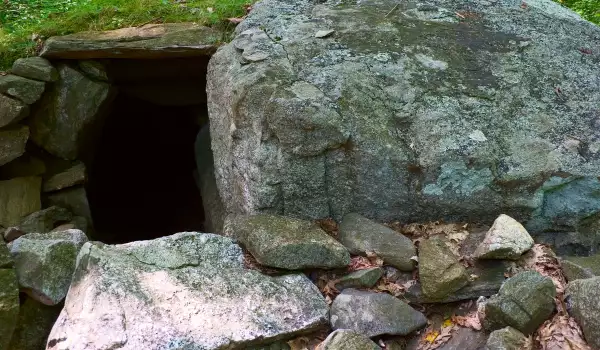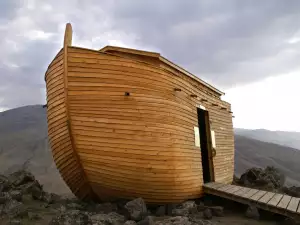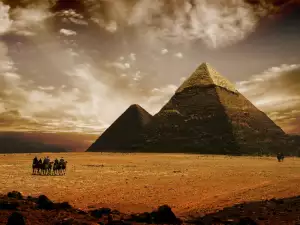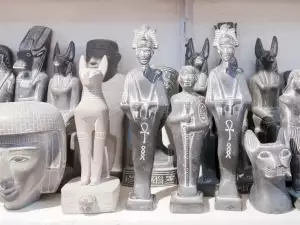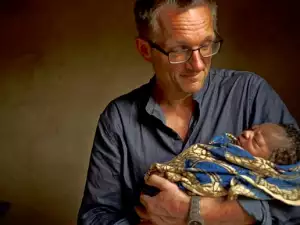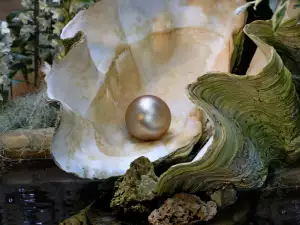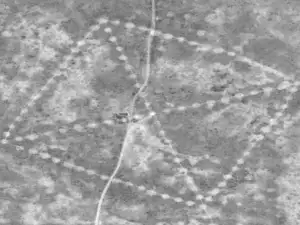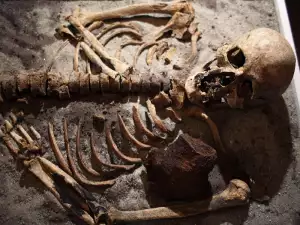A team of American archaeologists has stumbled upon a curious find during excavations in the state of Utah - a casino hidden in a cave. The rocky gambling complex is about 800 years old.
The casino was discovered along the coast of the Great Salt Lake. The cave containing the game room was actually studied in the past as well. In it, they had found ancient moccasins, made from the remains of killed buffalos and mooses.
But during the latest digs, scientists dug up hundreds of dice made of wicker. Additionally, they found sticks with marks, arrows and hoops dating back to the 13th century.
They theorize that representatives of the fairer sex were the ones using them most. The stakes were who would cook or do the house work.
Large bets were made by the men, who gambled for hunting weapons or caught prey.
According to the discoverers, the inhabitants of the region lived relatively lavishly and peacefully if they had time to spend playing games.
The objects were uncovered near the entrance to the cave, in immediate proximity to the large fireplace around which the native Americans gathered nearly 8 centuries ago.
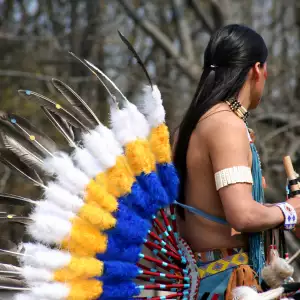
The found artifacts were so numerous that scientists are categorical that gambling was an everyday activity for the native Americans.
Besides for handing out chores and trading items, it played a social role as well, helping solidify bonds between different members of the tribe.
And while women limited themselves to betting on chores or insignificant personal items and drinks, for men the stakes were quite high.
Using dice and a little luck, they could determine enslavement or the winners of a conflict without the need for bloodshed.
Among the most fascinating archaeological finds were a die crafted from a beaver tooth, wrapped in ligaments and even an arrow with feathers.
An interesting detail is that the found objects are identical or very similar to the artifacts found among the remains of another people that lived on the Oregon coast and among the tribes in the Great Plains and Colorado Plateau.
This is categorical proof that the ancient tribes that inhabited Utah traded with other cultures. They are believed to have arrived in the region from the Canadian subarctic area. The Navajo and Apache tribes owe their own beginnings to them.
